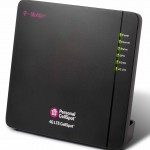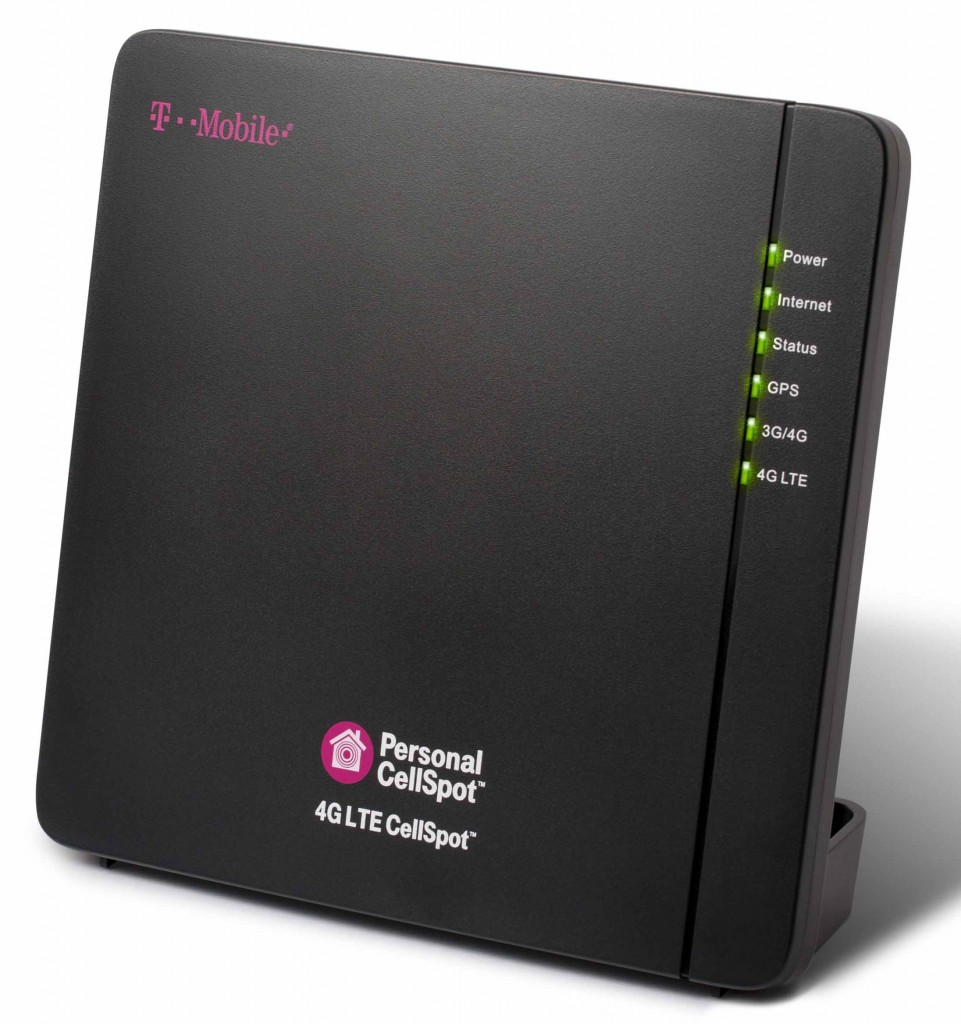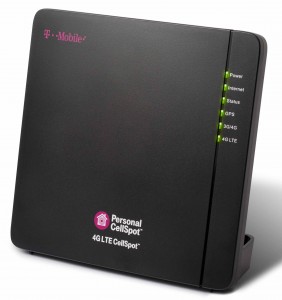My mentor and colleague, John Pestle of the Varnum, LLP and I teach online lectures about wireless leasing matters. We have taught these wireless leasing

lectures for many years. Our lectures, taught through Lorman Education Services and the International Municipal Lawyers Association focus on key things a wireless site landlord should be thinking about when entering into a decades-long cell site lease, or modifying a lease already in effect.
The number one question we get from our lecture participants is always the same: ‘How much is the going rent?’
John has a splendid way of answering that question. He replies socratically asking the question: ‘How much is an acre of land worth in the United States?’
The point, of course, is that every parcel of land is unique; therefore there cannot be a single right answer. Rather, the more complete answer is ‘How much is a specific acre of land worth to the Lessee and Lessor.’ The potential cell site landlord has one opinion of worth, while the potential wireless carrier tenant has its own view.
The question is then, how to figure out the ballpark.
You will find precious few wireless lease rates on the web. A few years ago, John and I conducted a national survey of lease rates for cell sites on government properties, and the findings can be summarized as follows: Lease rates are all over the map, but there’s a general range between a few hundred dollars per month to over $5,000 per month. What makes one cell site only worth a few hundred dollars a month and another many times that amount?
Location, location, location and need, need, need.
A cell site lease in a rural area will produce lease income for the landlord than will one in a suburban area. A downtown lease will most often induce a higher rent than a suburban lease. An interstate-adjacent lease will induce a higher rent than some downtown rents. A financial district lease is somethings at the top of the pile as goes rent.
Here’s a kicker…
What is an exceptionally desirable area to lease in for one wireless company can be completely worthless for another wireless company. That is because each carrier deploys it coverage in a different manner.
Consider each company’s coverage needs to be a jigsaw puzzle of the same outside dimensions, say 10 miles by 10 miles, which each puzzle having different shaped pieces to fill in the coverage picture inside the edges of the puzzle. A missing piece for one carrier might already be found and inserted for another.
Here’s another kicker…
Lease rates can be completely disconnected from the size of the leased area. That’s because the wireless carrier will often try and grab land claiming that some elements of your land are less valuable to them than others. They might say something like, ‘we value the space occupied by the equipment cabinets to be more valuable than the space occupied by the tower, so you should, too.’ (By the way, don’t fall for this sucker punch. Your land is most likely to have a single per square foot or per cubic foot rent (yes, some leases have three dimensions specified of height, width and depth, rather than the more common two dimensions of width and depth).
There’s more to say about this, and I will, but for now I’ll leave you with this…
BEWARE of leases where the wireless carrier wants to occupy a 100 foot by 100 foot space (10,000 square feet). This rather magic number is far greater than I’ve ever seen a wireless carrier need for its own site, which can be from 250 square feet to about 700 square feet. So why would a wireless carrier want the extra many thousands of square feet? So that it can sublease your land to other wireless carriers, broadcasters, two-way radio companies, paging firms (yes, they still exist) and the like so that your tenant can collect and put that subrent in their pocket instead of your.
There are some very effective means to avoid the sublease trap. We commonly implement those means in leases we write for landlords to maximize the sublease rental income of the wireless landlords who rely on our expertise and experience.
jlk



